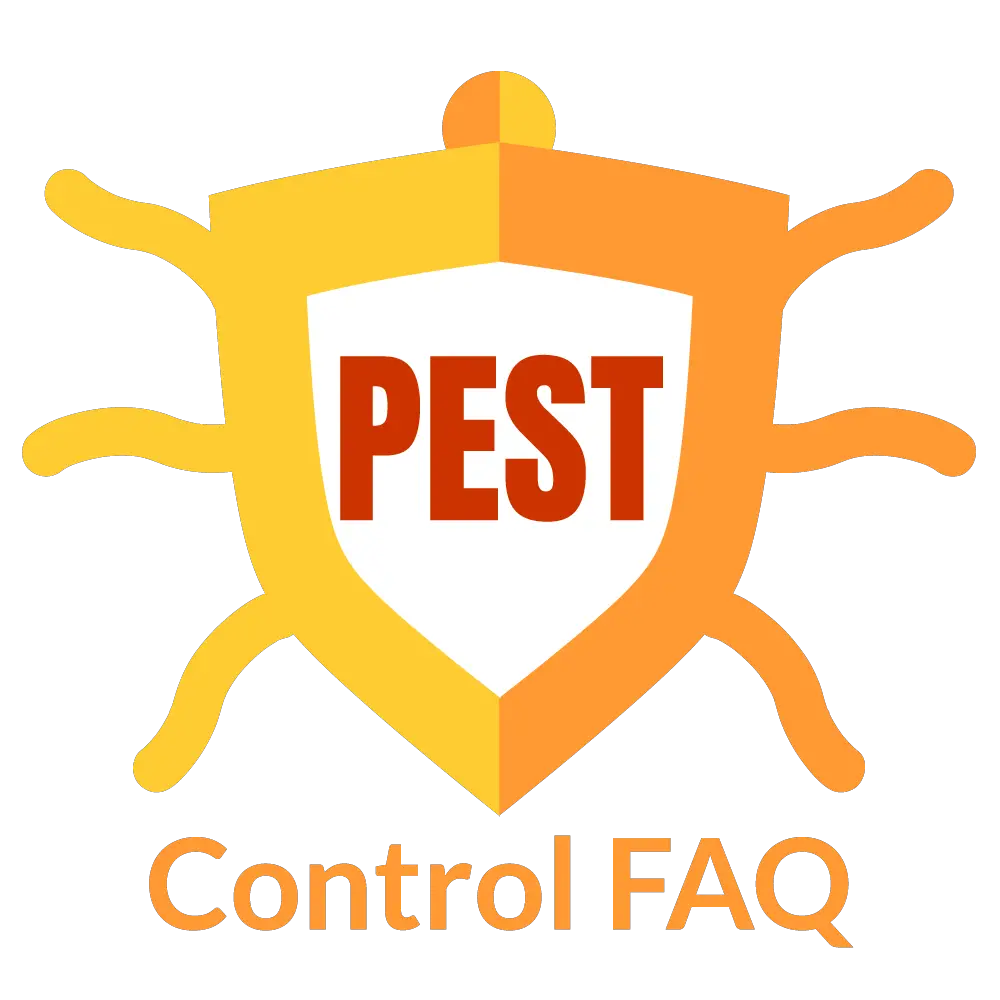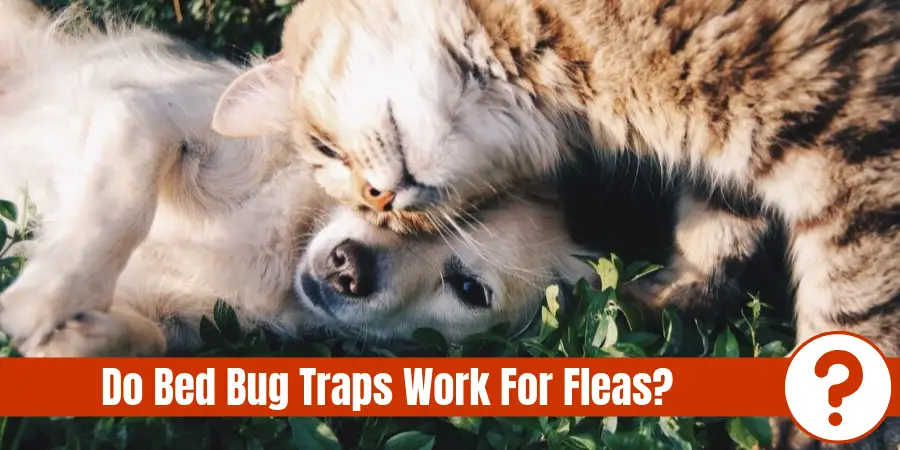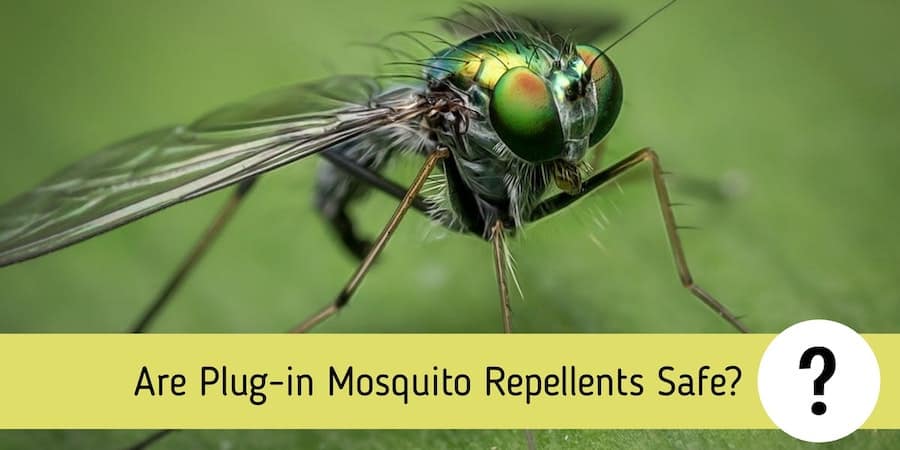Some people try to use bed bug traps to treat a flea infestation, but it’s a bad idea. While they’re both small and incredibly annoying pests to have in the home, bed bugs and fleas must be treated in completely different ways.
Bed bug traps don’t work for fleas because fleas can hop out of traditional pitfall bed bug traps, and many others work based on bed bug specific pheromones that don’t attract fleas. Treating fleas is dependent on treating the animals that act as their hosts.
Treating either fleas or bed bugs can be a massive chore, but it doesn’t have to be as hard or frustrating if you do a little research first. Read on to learn more about why you can’t use bed bug traps to fix a flea infestation.
want to Skip All the Research? Then Hire a Decent Exterminator In your Area!
Check out our exterminator search tool where you will receive free quotes from thoroughly vetted exterminators in your local area!
Bed Bug Traps Don’t Work on Fleas
While both bed bugs and fleas are itchy and uncomfortable guests to have in your home, if you try to treat fleas with bed bug methodology, you’re not going to get very far.
If you set up bed bug traps to try and catch fleas, you might catch some depending on how the trap is designed to operate. Some operate via carbon dioxide or heat output, which can attract fleas as well as bed bugs.
However, many also operate on pitfall design or pheromone-based attractants, and neither of these methods will attract or hold fleas.
Fleas are one of the best jumpers in the entire animal kingdom (second only to the froghopper bug) and if they fall into a pitfall trap, they’ll simply hop right out of it. And pheromones directed at bed bugs will not attract them at all.
Flea Infestations Versus Bed Bug Infestations
Flea infestations and bed bug infestations are very different issues, so they require different methods of treatment. Flea infestations are usually brought on by (and perpetuated by) the family pet, either a dog or cat that brings them in from the outdoors.
Bed bug infestations, on the other hand, are usually brought in as hitchhikers on people or–just as commonly–the used furniture and fabrics that people bring into their homes. This makes bringing home any kind of furniture from another household seriously risky business.
Treating fleas focuses on the treatment of the animals that are hosting them. Treating bed bugs focus on sanitizing the entire household to prevent them from propagating since they can survive on human hosts and do not require a companion animal to live on. Treating bed bugs is usually best handled by an experienced exterminator.
How to Treat Fleas Effectively
Fleas do not prefer human hosts and start with the family dog or cat, so this is where you must start when it comes to treating them. Even if you sanitize your home to destroy wandering fleas and their eggs, your problem will only start over again if you leave fleas on your animal.
Washing the dog or cat with flea shampoo or putting them in a dip is not good enough, because if flea eggs are left in the animal’s bedding, in the carpet of the house, or anywhere else in the home, the newborn fleas will jump on the animal and begin the whole cycle anew.
The only effective way of controlling a flea infestation (along with sanitizing your entire household) is to put animals on a monthly flea preventative. This medication is typically oral or a solution that is squeezed on the back of the neck to permeate the skin.
When fleas bite the animal from this point on, they will be poisoned and die. With no viable host to survive on, the flea colony life cycle is completely interrupted, and within days the fleas will be gone. Fleas can only survive without a host for four days and can’t survive on humans.
Here are some other ways to comprehensively prevent and treat fleas:
- To most effectively vacuum away fleas, powder your carpets with baking soda and rub it in before vacuuming. This helps pick up more of the fleas and their eggs. You can also add salt, as this dehydrates adult fleas and can help to kill them.
- To prevent fleas before they start to spread, plant rosemary, lavender, and spearmint around your home. The aromatic oils in these plants serve as a natural flea repellent.
- Along with a monthly oral prescription for flea preventatives, companion animals can also be treated for fleas by bathing them, putting them in a specially designed flea dip, and fitting them with anti-flea collars.
- Invest in a flea comb and use it on your dogs and cats. Be sure to keep a bowl of soapy water nearby to dip the flea comb in once you’ve used it so that you kill the fleas before they have a chance to jump off the comb and escape.
- Use commercially available flea sprays to spray all our clothing, furniture, carpets, and curtains—anything with a cloth or fabric surface that can harbor fleas and their eggs.
- Hire a professional. Pest control for fleas is typically much less expensive than pest control for bed bugs, so it can be worth a few hundred dollars to make sure the job is done thoroughly to prevent re-infestation. This takes a lot of the work out of things too.
- For homes that are heavily infested, flea fogs can be employed—these foggers are good for reaching every nook and cranny of your home. However, it is not safe to be around insecticidal fumes while the house is being fogged, so make sure to clear out for several hours.
- Buy or rent a steam cleaner. The combination of very hot water and soap is extremely effective in killing fleas that are embedded deep down in the carpet.
- Wash all bedding and your pet’s beds. If the infestation is particularly bad, it may be worth throwing out bedding and investing in new pet beds and linens to avoid re-infestation and reduce the amount of work necessary to contain the problem.
- Buy commercially available flea traps that use heat and other attractants to draw in and kill fleas. Flea traps don’t attack the flea at every level of its life cycle and are best used in conjunction with other forms of flea control for best effectiveness.
- If you don’t want the expense of commercial flea traps, a homemade flea trap can be made with dish detergent and water in a shallow dish or bowl. This needs to be replenished daily for the best results.
- Reduce fleas in your yard by mowing regularly (fleas love tall grass), removing debris, spreading cedar chips where animals tend to lay down and rest, and supplementing your garden with nematodes that eat flea eggs.
For Success in Treating Fleas, Forget Traps and Look to The Host
While bed bug traps and flea traps might incidentally catch a few fleas or bed bugs that are roaming around in your home, they do nothing to address the source of your infestation, and as a result, you aren’t going to get much headway against them using traps alone.
In treating fleas, you’ll need to focus on treating the host animal first, not on purchasing a bunch of traps (and especially not bed bug traps). While monthly preventative medication for your animal might seem like a large expense to take on, it isn’t nearly as expensive as pest control.
When people are the host, as with bed bugs, bed bug traps can help prevent some adult bed bugs from crawling into your bed and biting you, but they won’t get rid of the bed bugs already in the bedding, and they won’t stop bed bugs from continuing to re-infest your surrounding home.





